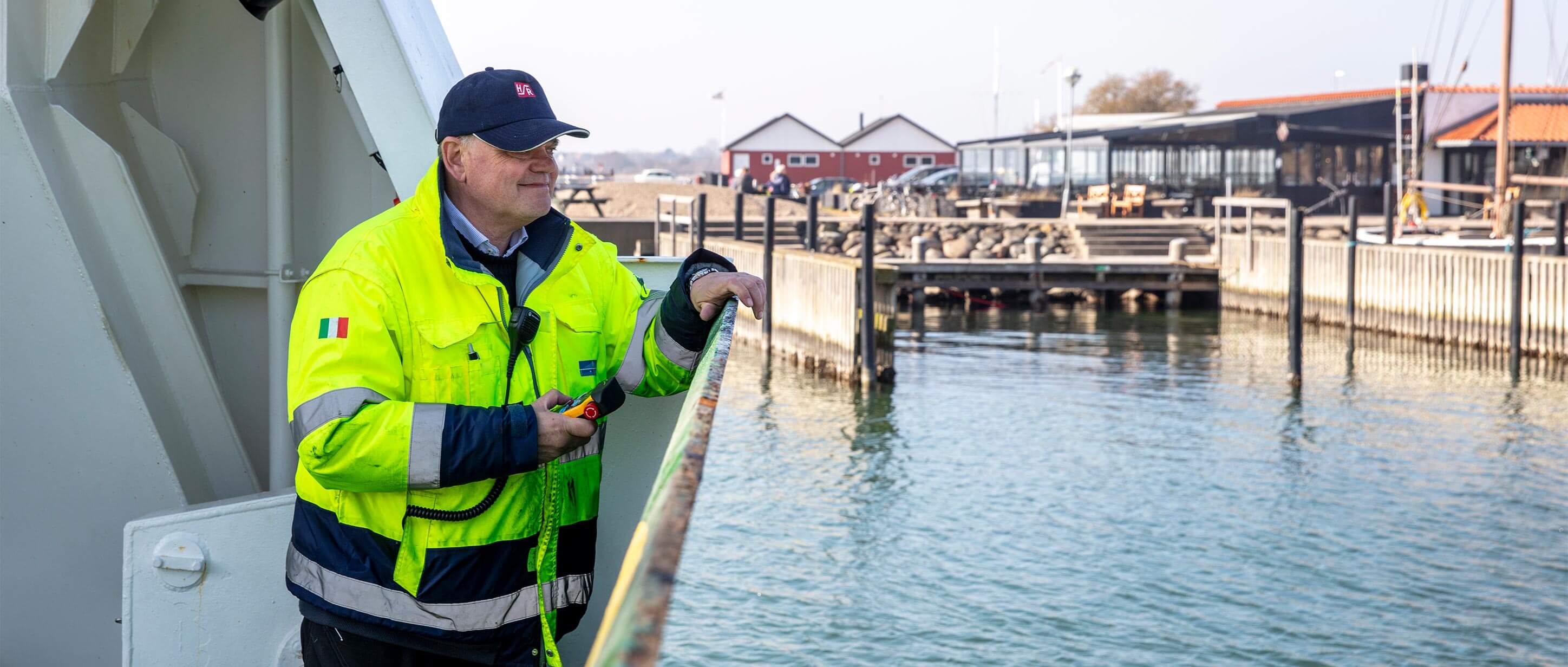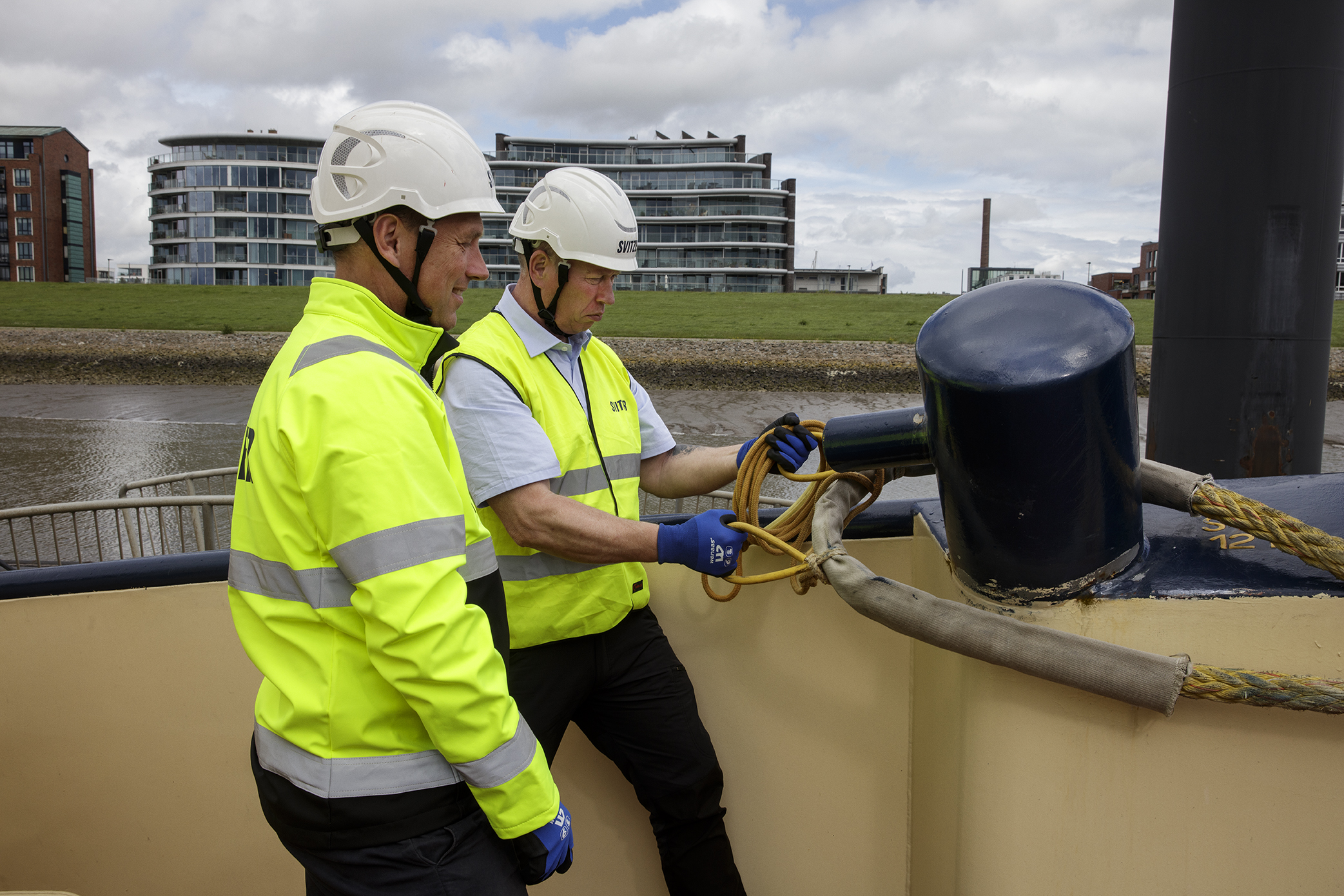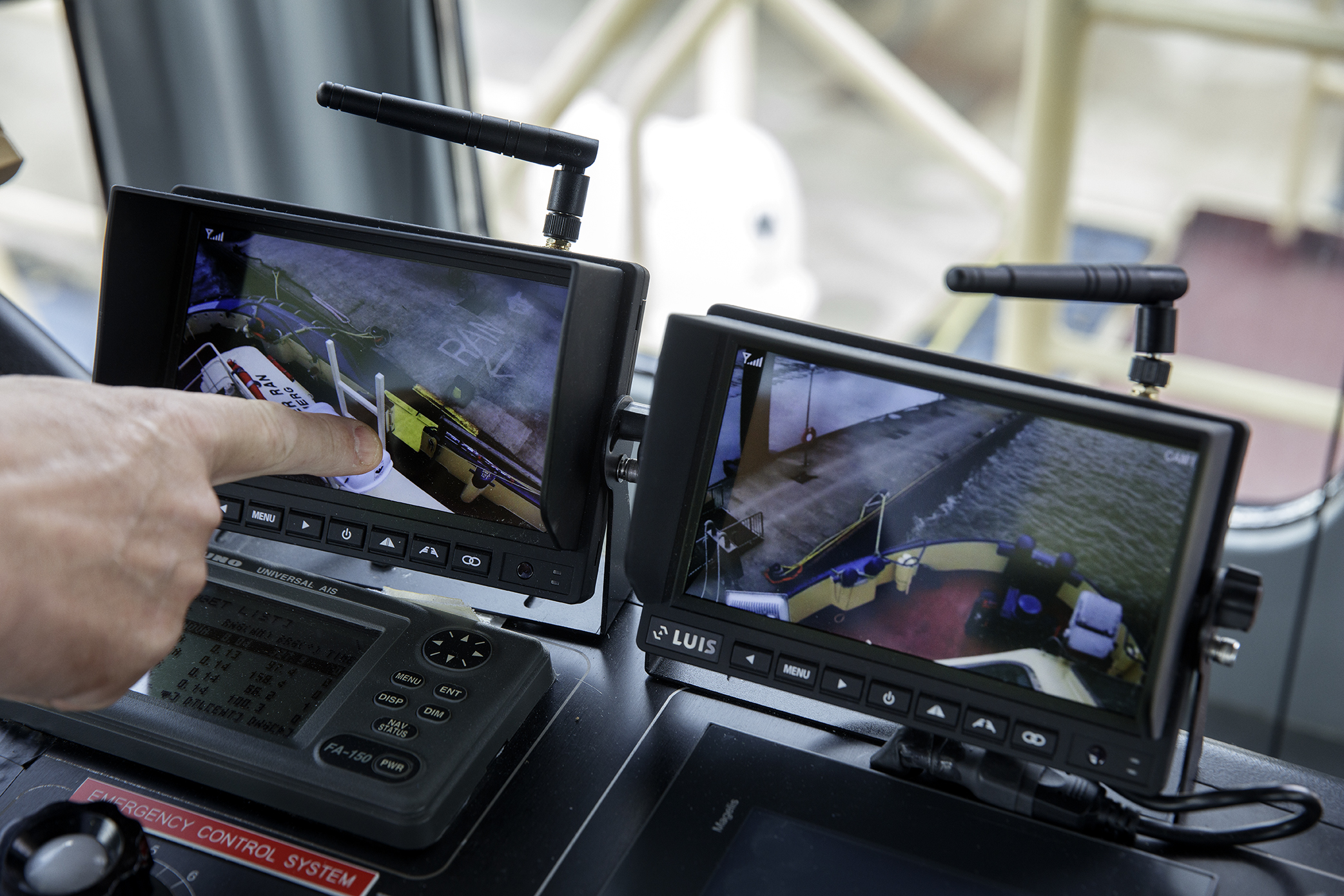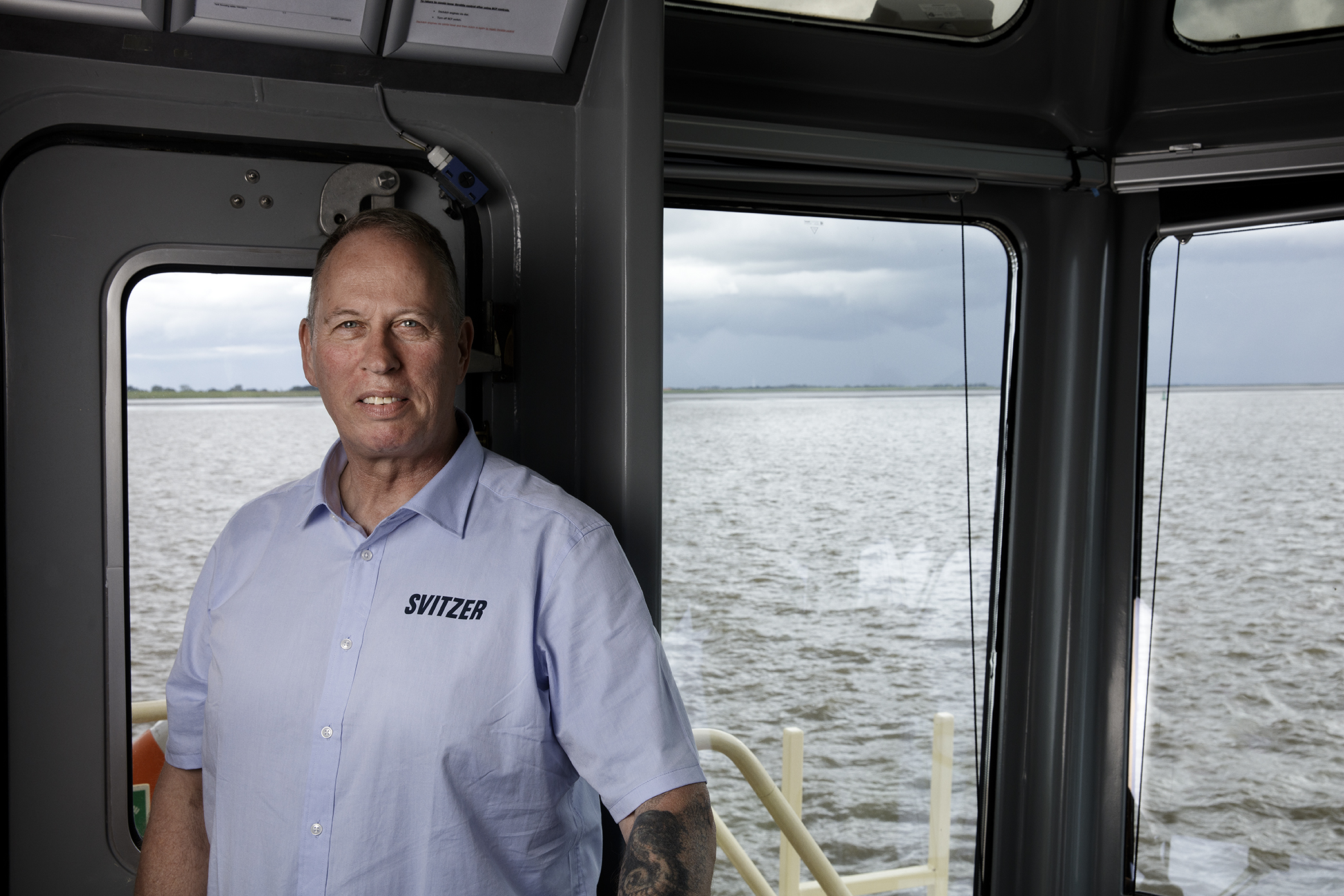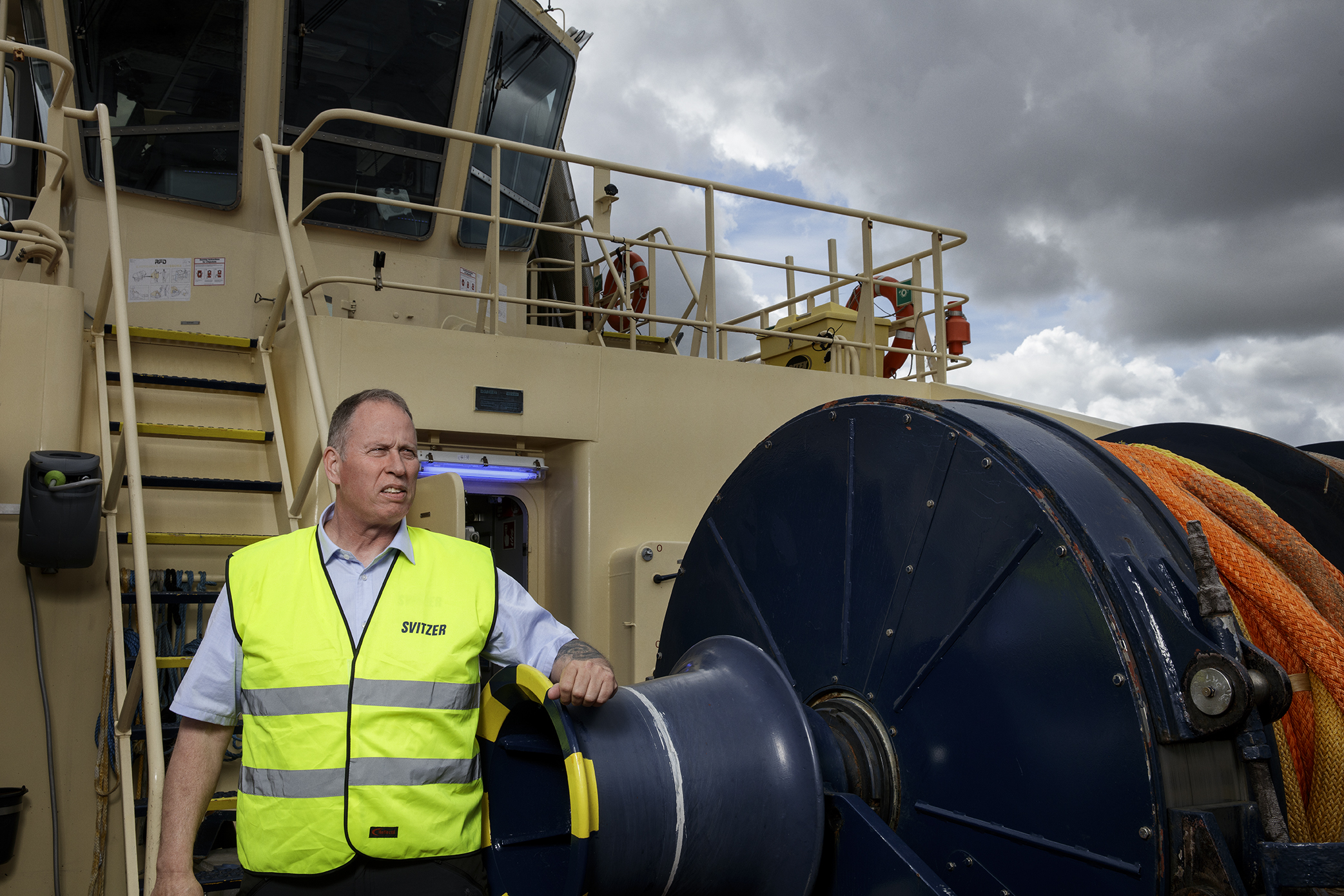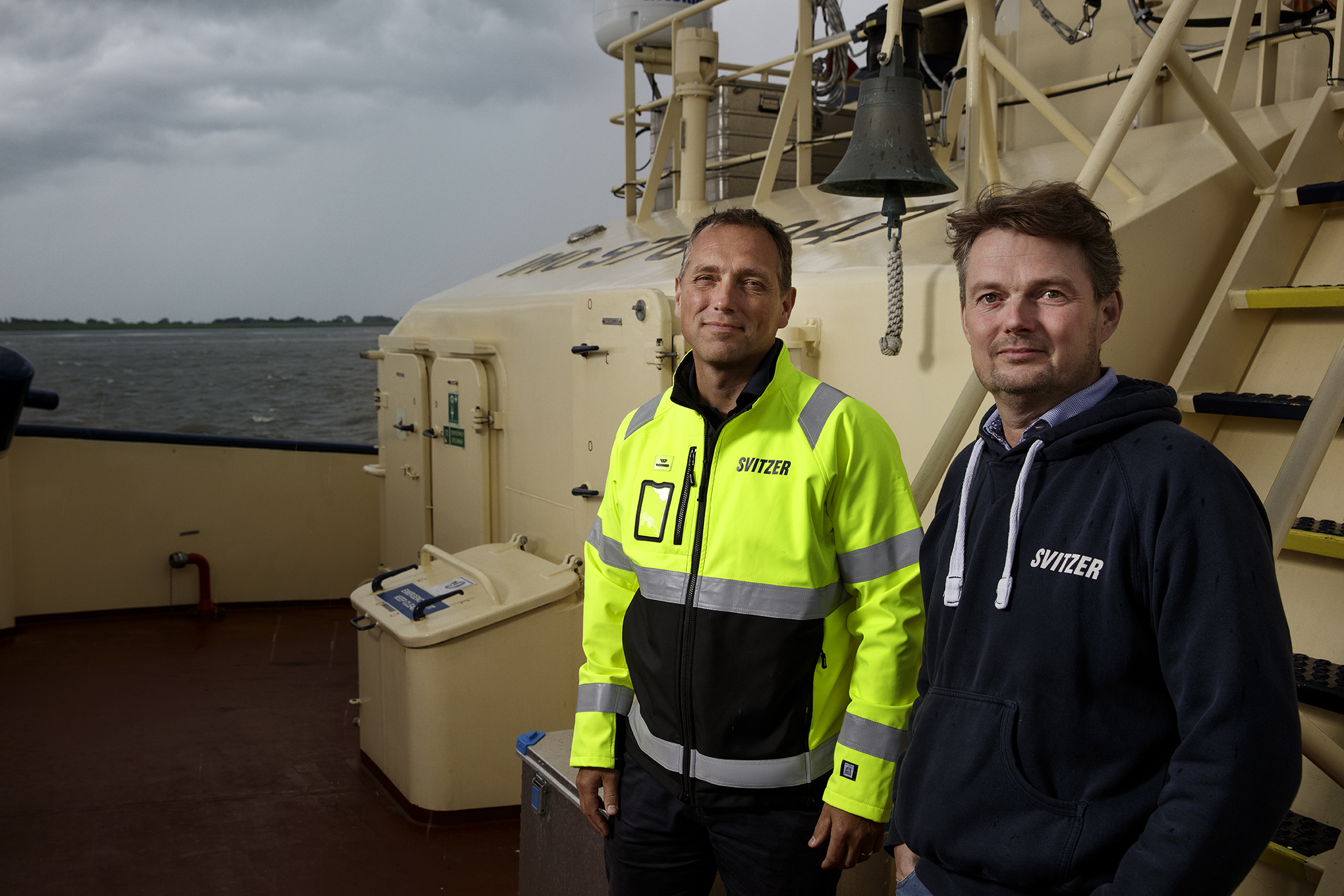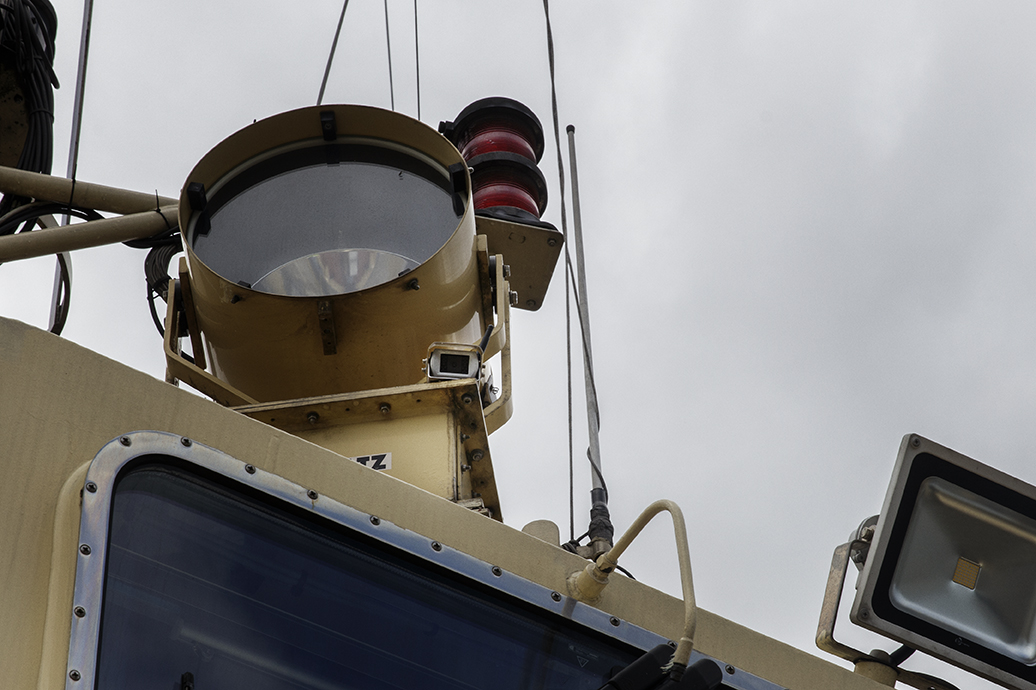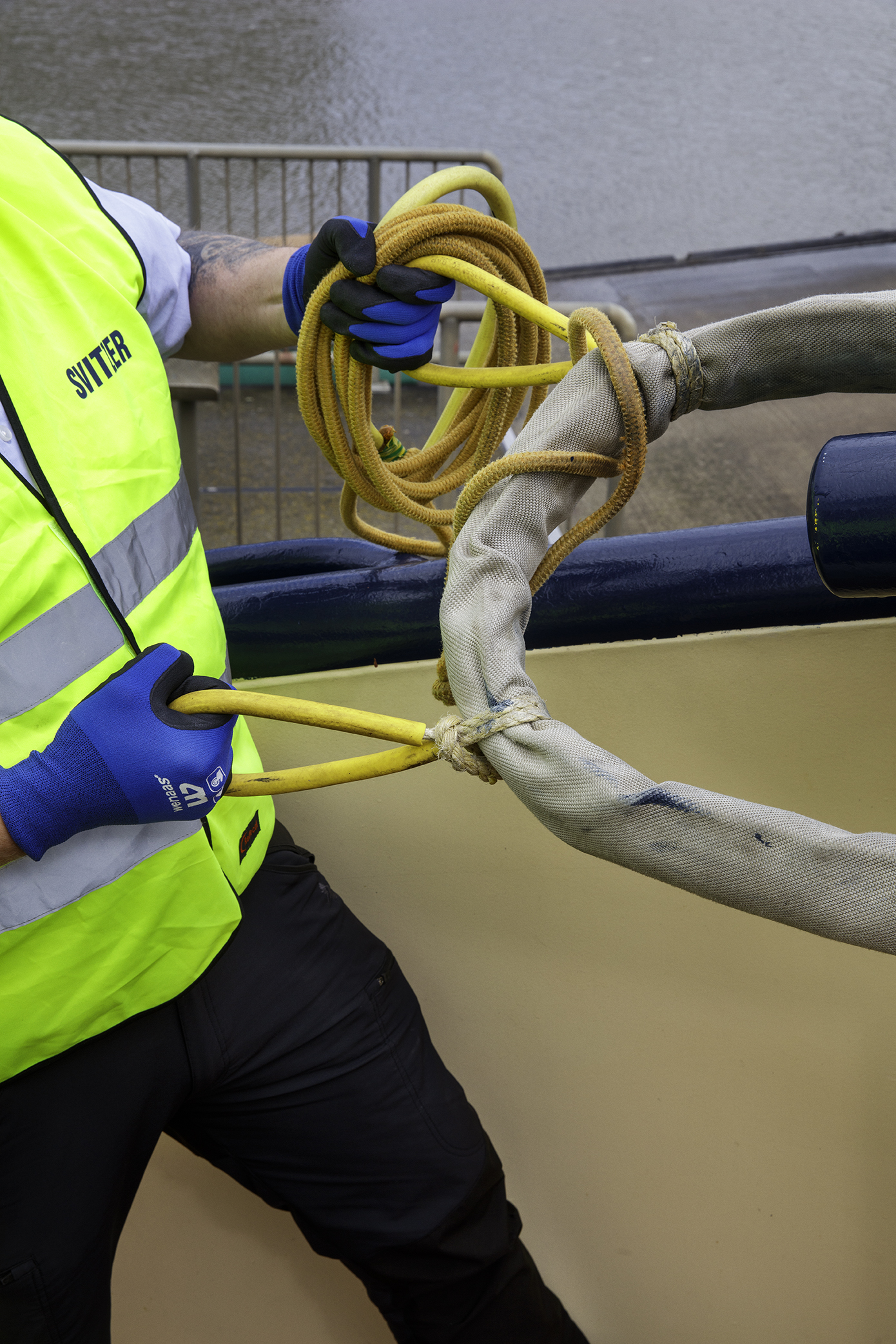A serious accident on a tugboat has prompted shipping company Svitzer to rethink the handling of hawsers with a low-practical solution as the visible proof. The simple solution is effective and at the same time easy to implement globally.
In January 2023, a seafarer had a serious accident while mooring on one of shipping company Svitzer's tugboats in northern Germany's Bremerhaven. As the stern hawser is laid and the captain relaxes the throttle buckling up the hawser, a sailor unfortunately gets his hand trapped and loses two fingers.
In addition to the injured party being treated by the book, the incident initiated an investigation of the specific work situation and the possibilities of making the handling of the hawser safer. This is according to Tonny Hansen, who is the captain of the boat involved.
»We have done two things: 1) We have set up a camera with a direct feed to the bridge, so we can see what is going on live, and 2) put two handles of rope on the hawser, so that in practical terms you no longer have to have your hands under the hawser. We implemented them the very next day, and the camera almost as quickly,« he says.
The process itself has thus not changed as such, the crucial difference is that the captain – without leaving the steering position – can visually ensure that the sailor is away from the hawser before slacking off the throttle. On top of that, the handles remove the need to put your hands under the hawser in the first place.
»The solution is brilliant because it is so simple. And the problem is not unknown; we actually had a near-miss in the Netherlands three weeks after this happened, so we have sent out globally that this solution must be implemented where it makes sense,« Head of HSSEQ & Marine Operations at Svitzer, Stephan Martinussen, says.
Habits don't change overnight
Operating a fleet of 456 tugboats distributed in 141 ports worldwide, the almost 200-year-old Danish shipping company is very aware that a solution that works in one place does not necessarily work in another. However, the one in question is so simple that it should work in most places, Stephan Martinussen says.
»We seafarers have different backgrounds around the world. In Denmark, we get a solid basic education, where we learn to use overhand grips instead of underhand grips, but unfortunately, we can see that it can still go wrong. That's why a solution like this is so good,« Tonny Hansen says.
For the same reason, the low-tech handles that have been 'invented' on site by sailing professionals are also preferable to a written proposal from the head office, Stephan Martinussen emphasizes.
»The next step is that the people actually use the handles, and that takes some time. We're in an industry where people have been doing things the same way for decades, so there are some habits that need to change, and it doesn't happen overnight. But it’ll come eventually,« Stephan Martinussen says.
In order to gain more insight into how the seafarers in the shipping company actually experience the challenges of everyday life, not least in the area of safety, Svitzer has used so-called Learning Teams for the past five years to talk to the crew members about their tasks. You can read more about it Here
»The solution is brilliant because it is so simple (…), so we have sent out globally that this solution must be implemented where it makes sense.«
Stephan Martinussen, Head of HSSEQ & Marine Operations, Svitzer



